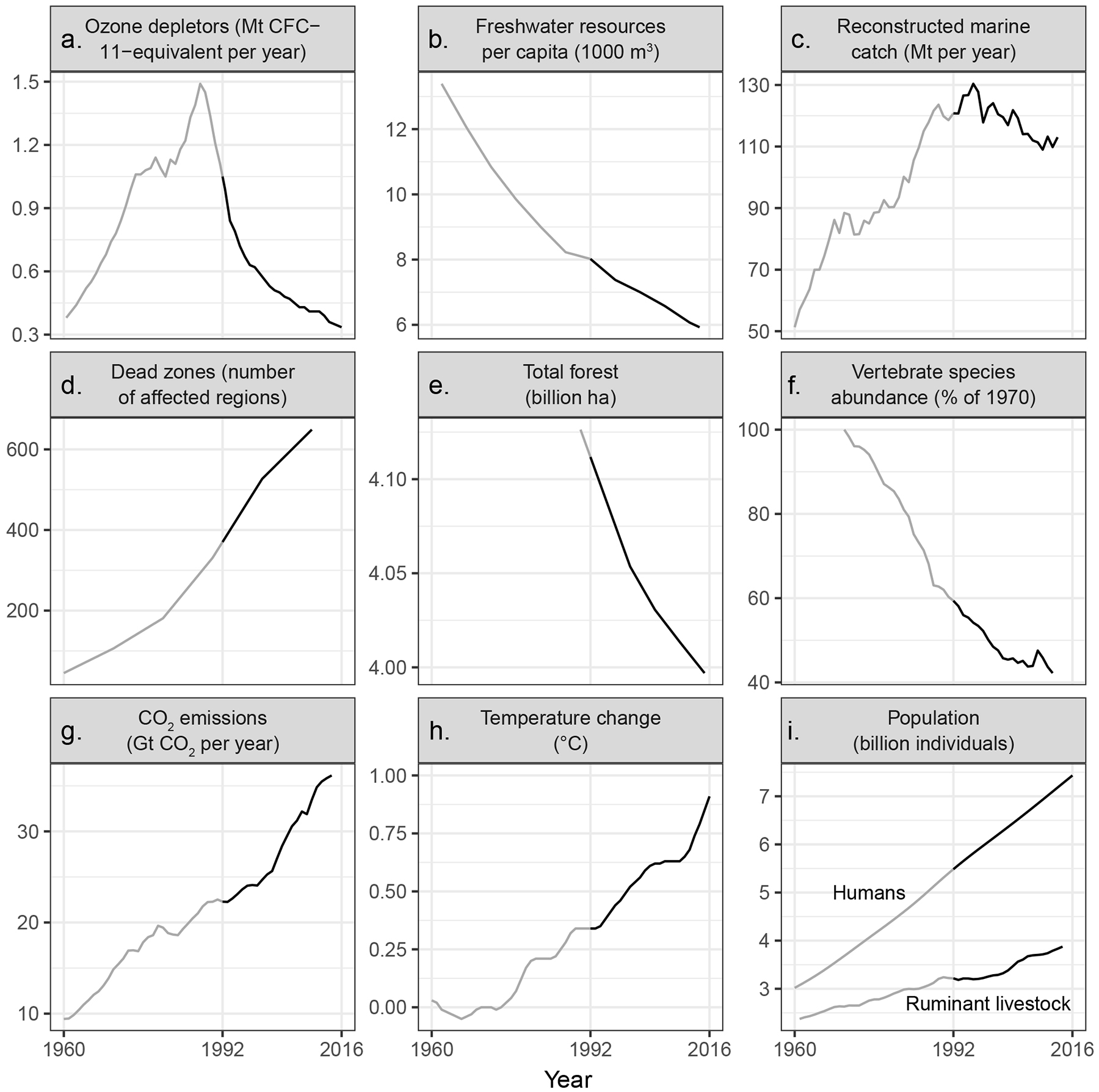Summer is coming to an end and Lana Del Ray’s song, su-su-summertime, summertime sadness keeps running through my head. Not sure if I am sad it is coming to an end, or sad that it wasn’t the summer I dreamed it would be. But is it ever? Summer always starts with such high hopes. The stretched-out days, sun-drenched bronzed skin, quality time with nature whether it be in water or atop mountains, relaxing nights in the backyard, vacations, beaches. A time when the livin’ is easy. When “laziness finds respectability.” As Charles Bowden said, “summertime is always the best of what might be.”
Summer conjures up inspiration. Just think of the vast number of songs that have eloquently articulated that summertime feeling. Sly and the Family Stone, War, Bananarama, the Isley Brothers, Childish Gambino, the Motels, Seals and Crofts, Don Henley, Death Cab for Cutie, Lana Del Ray, The Lovin’ Spoonful, to name a few.
The posted playlist is just a sampling of “summer” songs. I purposely chose songs that had “summer” in the title, but clearly there are so many songs about summer, the anticipation of it, or the experience of it. Think Alice Cooper’s “Schools out for Summer”, The Go Gos “Vacation”, The Ramones “Rockaway Beach”, and anything by the Beach Boys…
Remember when square Sandy and T-bird Danny reminisce about their summer affair “summer lovin’ had me a blast, summer lovin’ happened so fast” in Grease? Oh the fleeting moments of young, summer romance…We’ve all been there.
But my favorite summer (sad) song has to be from Jonathan Richman of the Modern Lovers.
That summer feeling
When there's things to do not because you gotta
When you run for love not because you oughtta
When you trust your friends with no reason not ta (nada)
The joy I name shall not be tamed
And that summer feeling is gonna haunt you
One day in your life.
My summers always haunt me. The could’ves, the should’ves, the would’ves. I could have done more with my summer, or I could have done less. I should have done what the Italians do and take a whole month off to celebrate Ferragosto. I would have gone to the beach this summer and worked on my tan but alas, I don’t want to look like Keith Richards, an old leather shoe with lips.
So what the hell does this post have to do with food you may be asking yourself? Indulge me for just a few minutes more.
When I got to thinking about writing a post about summer and what it means for all things food, it got me thinking about seasons. The beginning of one season, ends another season. I feel that years go by faster when a place experiences four seasons - winter, spring, summer and fall. It can be refreshing - shedding skin, birth and death, light and dark. Winter is often associated with death, old age, pain, loneliness, despair or an end. Yikes. Spring is almost always associated with rebirth, renewal, hope. Summer, well, we have already expunged that season enough, but it does symbolize fullness, joy, and dare I say, freedom. August, often means bounty, change, maturity and maybe some anticipation of decay...
Lynch’s annoying twitter feed
When you live in a place like Arizona or California in the US, or in the southern tropics, you have sort of two seasons - hot and less hot, wet and dry. Back in 2009, David Lynch would annoyingly remind us on a daily basis of the wonderful, consistent, balmy weather in Los Angeles. And he wasn’t fibbing. Way to rub salt in the wounds of us New Yorkers struggling to stay alive amidst the bleak snow-covered streets and dead plantation.
The Earth’s tilt toward the sun and its trips around the sun dictates the cycle of seasons. The longest and shortest day of the year occur when Earth's axis is either closest or farthest from the sun also known as the summer and winter solstices.
Equinoxes are another significant day during Earth's journey around the Sun. On these days, the planet's axis is pointed parallel to the Sun, rather than toward or away from it. The spring, or vernal, equinox for the northern hemisphere takes place on the same day as the south's autumnal equinox and vice versa.
Seasons are so critical for food. Seasons bring different harvests of food that contribute to the diversity and quality of our diets. There are many studies out here looking at the seasonal affects associated with access to and availability of foods. Studies in Ghana, Bangladesh, and Malawi show that seasonality is a key element to food availability in many low-income countries, what is often called “local seasonality.” Seasonality impacts food access often through food prices of even the most basic staple foods. In many high-income countries, people don’t even think about seasons. You can get anything you want, any time of the year, what is called “global seasonality.” Blackberries in January, apples in June, corn in April. All completely off-season from when they could actually be harvested in the United States. Thank you global trade (take note Potus). We have become completely disconnected from the agrarian calendar. But more on that in a minute.
Jenny MacDiarmid, a fantastic researcher in Scotland, asked whether eating seasonal foods contributes to a more sustainable diet. One could argue that demanding global seasonality in a diet would provide nutritional benefits by increasing diversity of the diets, particularly perishable foods, but it could have high environmental costs. MacDiarmid argues that greenhouse gas emissions (GHGE) of globally seasonal food are not necessarily higher than food produced locally as it depends more on the production system used than transportation. She wrote: “Adopting a global seasonality approach to food supplies may not have major consequences for GHGE but to meet demands it could create greater water stress in already water scarce countries. A similar argument could be made against increasing the global supply of fresh food year-round because of the increased land it will require, which will have knock-on effects for loss of environmental biodiversity.”
Nigerian crop calendar
The agrarian or farm calendar is essentially the same as the crop calendar which is a time tool on when to plant, sow, and harvest local crops based in specific agro-ecological zones or landscapes. FAO has a bunch of examples based on crop or country. Here is an example of Nigeria. Yams looks like a solid bet for year-round food. This calendar shows maize across a few countries. It shows how diverse the planting and harvesting seasons are across the world, with some places getting in two harvests of corn per year.
Harvest calendar of the United States
It was always thought that the United States school year calendar was based on the agrarian calendar. The idea is to keep kids at home during the summer months (June through August), the most active time to plant and harvest. I even thought that was true. Turns out, it is not. Rural and urban schools had different calendars but summer was just a logical time for teachers and students to take breaks. According to this Washington Post article, “In the early 1800s, agrarian communities generally operated public schools for a winter and a summer term of two to three months each. The spring and fall, labor-intensive times for farming, featured no school. During the summer — no less important an agricultural season — older children were typically absent from school, since families counted on their labor.” Interesting. The myth of the United States education system still rooted in ancient agrarian times is a myth after all.
And if one were to look at the seasonal calendar of the United States, it would be near impossible to line that up with the current school year calendar of the country. The sheer diversity in temperatures, what is grown, where, and when, would put a child in each region of the country in a different academic calendar year, were it to be dependent on our farm systems. The harvest calendar of the United States based on temperature is shown on the right.
Seasonality also brings challenges associated with malnutrition. Due to seasonal variability of food production, dietary intake, food security and morbidity in the developing world, many children suffer from impaired growth or acute malnutrition issues. Seasonal malnutrition is often tied to disease burden brought on by seasons - rainy seasons bring about diarrhea incidence as one example. Stephen Devereux and colleagues published a PLoS paper about seasonal hunger and showed the patterns linking severe acute malnutrition and malaria during the rainy season in Niger.
Vaitla B, Devereux S, Swan SH (2009) Seasonal Hunger: A Neglected Problem with Proven Solutions. PLoS Med 6(6): e1000101. https://doi.org/10.1371/journal.pmed.1000101
Interestingly, when one searches for reviews in PubMed on seasonality and stunting (54 articles) or wasting (4) or undernutrition (220), very little emerges with most articles involving Vitamin D specifically. It shows how little the nutrition community pays to seasonality - which impacts interpretations of research findings of timed surveys and interactions with disease burden, programming and policy interventions. Andy Prentice has been studying seasonality for a good long time in The Gambia, and he wrote a paper back in 1994 on the topic. Crazy. Action Against Hunger wrote about it as a “missing link” a few years ago, arguing that seasonality rarely get attention by governments.
But how are seasons changing with climate change and what will this mean for malnutrition and our food security? A lot. We wrote about the seasonal affects on malnutrition in the context of near-term weather events, like El Nino and La Nina in the Global Nutrition Report in 2015 with Madeleine Thomson of Wellcome Trust. The report (check out chapter 6), articulates that for the poorest groups, the seasonal cycles of food availability, infection, and time use remain a significant challenge to nutrition security and provide a stark indicator of the vulnerability of populations to climate risk. The figure below shows how stunting varies by month of birth for Indian children under the age of three.
Stunting variation in India based on season (Global Nutrition Report 2015)
We also wrote about the impacts of seasonality in the context of climate change on the entirety of the food system. Forecasts of the future climate— whether short-term seasonal anomalies or long-term climate change scenarios—may also impact production and consumption patterns, price hikes of food staples, and social stability. And with climate change, the length and intensity of our seasons are getting harder to predict and harder to control. Farmers are challenged and will continue to be challenged.
Seasons. They are essential for the foods we grow, the diets we consume and our overall wellbeing. Seasons fill in the gaps and pauses that the world makes. But they are shifting, shaping and changing. Much of that due to the anthropocene.
My favorite season? You guessed it. Summer. But that summer feeling haunts me. As much as I want to hold onto it and its cumulative memories, it is gone as soon as it arrives. Although I tend to get sad when summer ends, I am glad when it comes around with each passing year.




